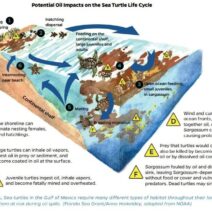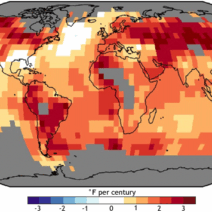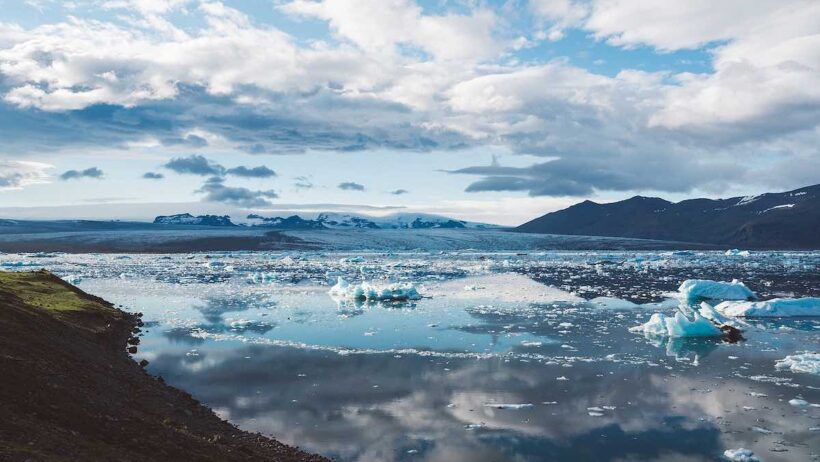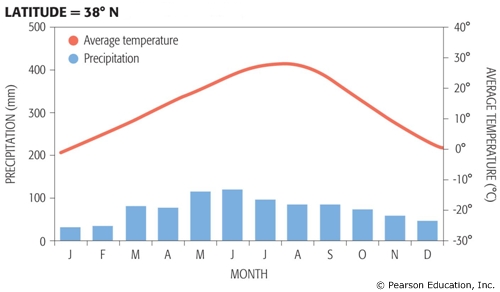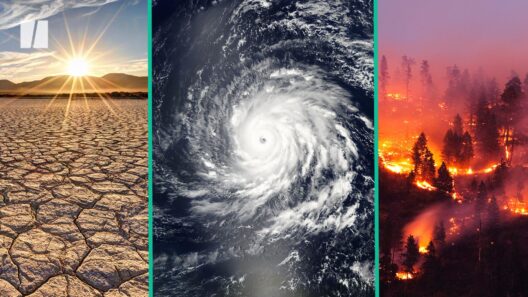Iceland, a country renowned for its dramatic landscapes and unique geological features, has a climate that is as intriguing as its natural phenomena. Situated just below the Arctic Circle, Iceland experiences a subarctic climate characterized by cool summers, mild winters, and diverse weather patterns. The interplay of its volcanic and glacial environments profoundly influences its climate, making it a subject of fascination for climatologists and travelers alike.
The prevailing conditions in Iceland are dictated by its high latitude and oceanic currents. The North Atlantic Drift, an extension of the Gulf Stream, moderates temperatures, bringing relatively mild winters compared to other regions at similar latitudes. This ensures that, despite its extreme geography, Iceland does not experience the harsh winters typical of many polar regions. Daytime high temperatures in summer can reach a pleasant 15 to 20 degrees Celsius (59 to 68 degrees Fahrenheit), while winters, although cold, often hover around freezing levels.
One of the most salient features of Iceland’s climate is its infamous unpredictability. The weather can shift dramatically within a single day, exposing residents and visitors to an array of meteorological phenomena. It is not uncommon to witness sunshine, rain, and snow all within a few hours. This volatility is primarily due to the influence of the Atlantic Ocean and the country’s varied topography, which includes mountains, valleys, and glaciers that can form barriers, leading to localized weather patterns.
Iceland’s landscape is a testament to the intricate relationship between climate and geology. The country is home to numerous volcanoes, some of which remain active. The volcanic activity influences local weather conditions, notably through geothermal heat. Areas near geothermal sources often experience microclimates that can create warmer conditions than might be found in other parts of the country. For instance, regions like the Reykjanes Peninsula or the Hot Springs area in Haukadalur are distinguished by their hot springs and fumaroles. Here, the microclimates foster unique ecosystems that thrive in these warmer, mineral-rich environments.
Following the volcanic aesthetic, glaciers cover approximately 11% of Iceland’s landmass. These glaciers, including Vatnajökull – Europe’s largest, are critical players in the hydrological cycle and affect local climates. Glacial meltwater feeds rivers and lakes, providing immense resources for agriculture and hydropower generation. In the summer months, the glaciers serve as natural air conditioners, cooling the surrounding regions as they release meltwater into the atmosphere, thereby regulating local temperature fluctuations.
While summers in Iceland are cool, tourists can expect longer daylight hours during this period, a phenomenon known as the Midnight Sun. From late May to July, the sun hardly sets, offering ample opportunity for exploration. These extended daylight hours allow visitors to engage in various outdoor activities such as hiking, bird-watching, and glacier tours without the constraints of early darkness. Popular destinations such as Þingvellir National Park or the Snaefellsnes Peninsula become vibrant with the sights and sounds of diverse flora and fauna during this season.
Winter in Iceland, while offering a different kind of beauty, comes with its own set of challenges. Temperatures can plunge, and heavy snowfall can blanket the countryside. Yet, winter is also a prime time for experiencing phenomena such as the Northern Lights. The crisp, clear nights provide ideal conditions for witnessing this mesmerizing light display, captivating those who venture to Iceland during these frigid months. However, with cold winds and snowstorms, winter travel requires careful consideration and preparation.
The dichotomy of Iceland’s climate extends beyond seasons. Due to its location along the Mid-Atlantic Ridge, the region is seismically active. Earthquakes and eruptions can disrupt local weather patterns temporarily. For instance, the 2010 eruption of Eyjafjallajökull not only altered air travel worldwide but also led to significant changes in local climate conditions. The ash clouds and resulting weather variables showcased how geological events can have far-reaching impacts on atmospheric phenomena.
Iceland’s dynamic climate and landscape create an environment that nourishes distinct ecosystems. The vegetation varies from moss-covered lava fields to lush green valleys filled with wildflowers in summer. This biodiversity is crucial for supporting local wildlife, including migratory birds, reindeer, and the iconic Icelandic horse, which has adapted to this rugged environment. These animals are finely tuned to thrive under varying climate conditions, demonstrating remarkable resilience.
Climate change poses a great threat to Iceland’s unique landscapes and ecosystems. The warming temperatures lead to accelerated glacial melting, which not only affects sea levels globally but also alters local hydrology and biodiversity. As glaciers recede, the landscapes change, potentially disrupting ecosystems that have evolved in tandem with these massive ice formations. The effects of climate change are increasingly evident in Iceland—glacial retreat, altered weather patterns, and shifting habitats underscore the urgent need for environmental stewardship and advocacy.
In conclusion, the climate of Iceland is a confluence of elements that are as diverse as they are fascinating. From the interplay of icy glaciers and fiery volcanoes to the unpredictability of its weather, Iceland offers a unique environment that captivates the imagination. As awareness of climate change grows, understanding and preserving this remarkable landscape becomes imperative. Acknowledging the intrinsic connections between climate, geography, and ecology is vital for fostering a more sustainable future in this enchanting island nation.

